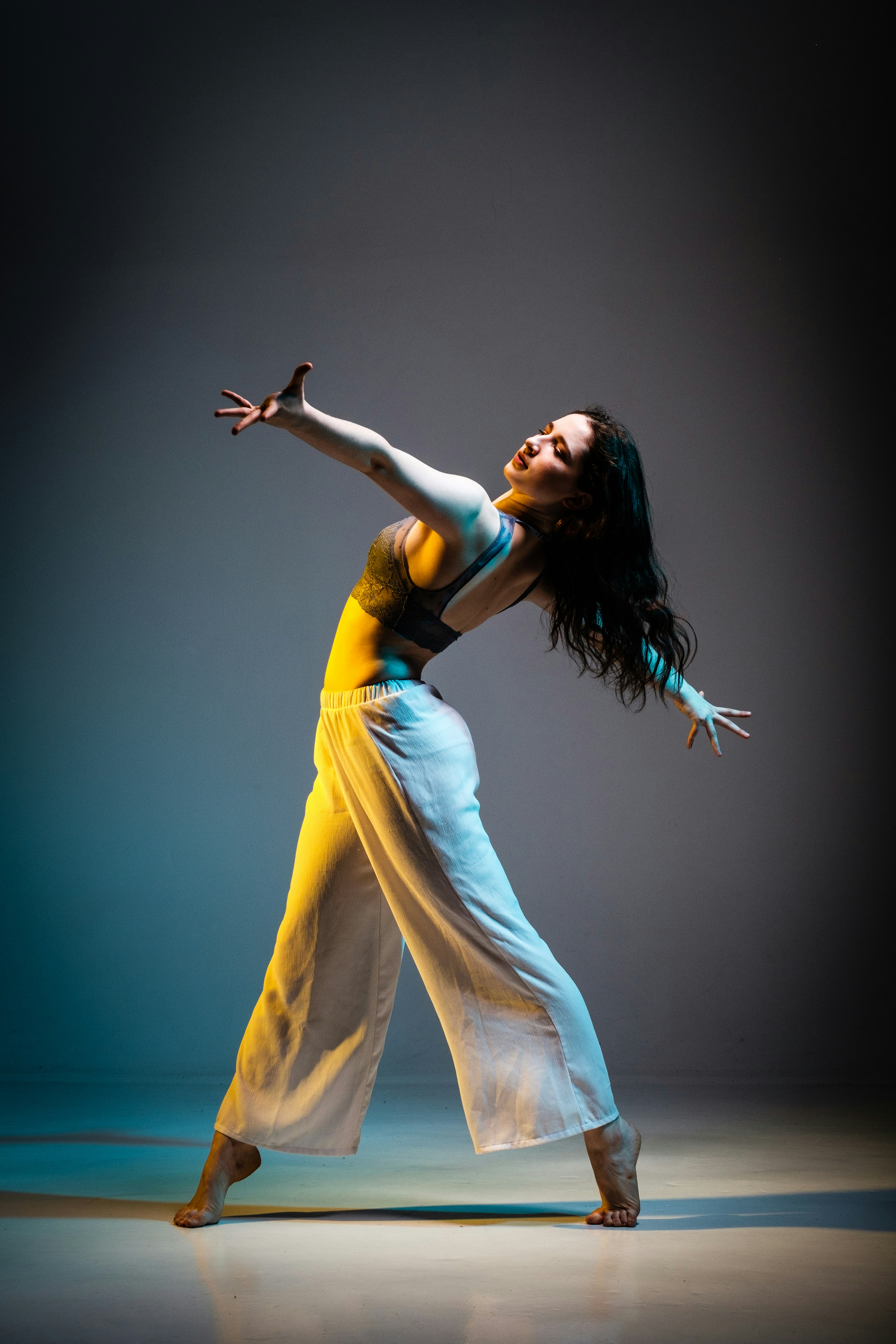In a world that moves faster each day, folk dance remains an anchor to tradition—a living tapestry of human expression woven through generations. From the fiery stomps of flamenco to the delicate gestures of Japanese Bon Odori, these dances tell stories no history book could capture.
Folk dance isn't just movement—it's cultural DNA. Each step carries the weight of ancestors, the joy of harvests, the sorrow of wars, and the hope of communities. Unlike formal dance styles, these traditions emerge organically from daily life, making them irreplaceable windows into the human experience.
Europe: Where Every Stamp Tells a Story



In Spain, flamenco isn't performed—it's lived. The guitarist's compás (rhythm) drives dancers to channel centuries of Romani, Moorish, and Spanish history through sharp heel strikes and dramatic arm movements. Meanwhile, Ireland's step dancing evolved as a form of silent rebellion during British rule, with dancers keeping their upper bodies still to avoid detection while their feet performed dazzling rhythms.
Asia: Spiritual Geometry in Motion
Asian folk dances often blur the line between ritual and art. India's Garba features concentric circles moving clockwise—a symbolic representation of the cycle of life. In Japan's Bon Odori, slow, repetitive motions honor ancestors during the Obon festival, creating a meditative connection between the living and the dead.
The Americas: Cultural Fusion in Every Step
Nowhere is cultural blending more evident than in American folk dances. Mexico's Jarabe Tapatío (the "Mexican Hat Dance") merges Spanish zapateado footwork with indigenous symbolism. In the Appalachian Mountains, clogging combines English, Irish, and African rhythms into something entirely new—much like the people who created it.


Why Folk Dance Matters Today
In our digital age, folk dance offers something algorithms cannot: authentic human connection. Community dances from Serbia's kolo to West African drum circles create belonging in ways social media never could. They're also adaptive—Ukrainian folk ensembles now incorporate war themes into age-old movements, proving these traditions are living, evolving art forms.
Seek out folk dance wherever you travel. Join a Greek syrtaki circle, try the Georgian kartuli arm movements, or simply watch a Peruvian marinera with its handkerchief flirtations. You're not just observing art—you're witnessing the unbroken chain of human creativity.





